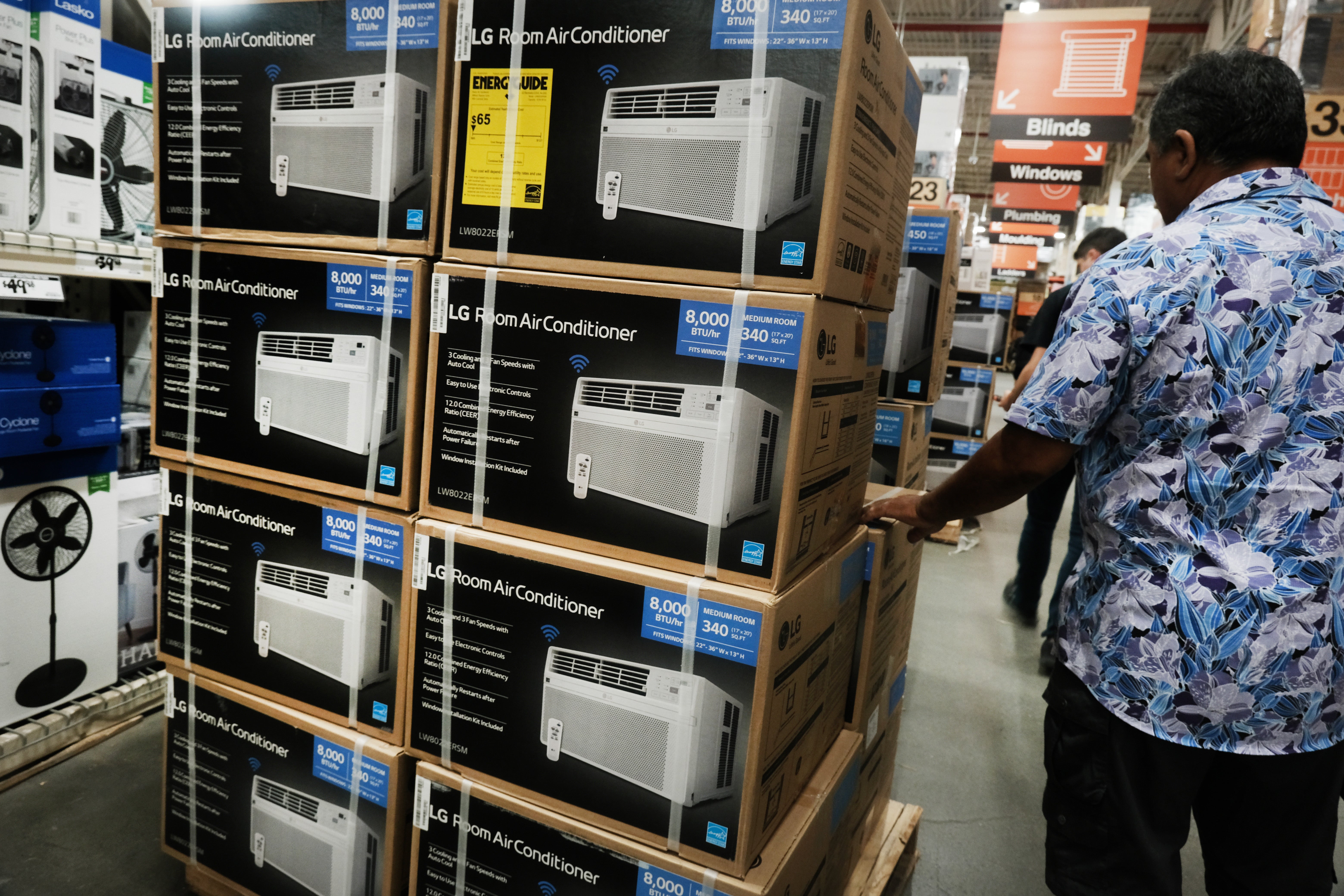This website uses cookies so that we can provide you with the best user experience possible. Cookie information is stored in your browser and performs functions such as recognising you when you return to our website and helping our team to understand which sections of the website you find most interesting and useful.
As the calendar heads toward the Dog Days of the summer, it’s getting hotter. But, turning up the AC may come with some unintended repercussions that affect the health of you and your family.
Moisture that sits inside air conditioning units for an extended time can result in the growth of harmful mold. Exposure to that mold may lead to respiratory issues or other infections. Recently, 1.7 million Midea window air conditioners were recalled due to this risk.
“Pooled water in the air conditioners can fail to drain quickly enough, which can lead to mold growth. Mold exposure poses risks of respiratory issues or other infections to some consumers,” the U.S. Consumer Product Safety Commission warned.
But, what should homeowners know and how great is the risk? Here’s what the experts say...
The mold is around
There is always some mold, which grows where there is moisture. Also found around doors, windows, and other spots, the most common indoor molds are Cladosporium, Penicillium, and Aspergillus. Their spores can act as allergens.

Most species of Cladosporium aren’t harmful to your health, but reactions can potentially cause fungal infections in the lungs. A case of fatal pneumonia caused by Penicllium infection was reported by researchers in in 2013. Aspergillus can cause aspergillosis, a life-threatening disease primarily affecting the lungs.
Black mold is also common, causing eye irritation, congestion, and worsening asthma symptoms. Breathing in black mold causes an allergic reaction, if you have black mold allergies. You can’t get rid of these allergies, but you can treat your symptoms with drugs such as antihistamines, corticosteroids, and decongestants, according to the Cleveland Clinic.
“Mold is found both indoors and outdoors. Mold can enter your home through open doorways, windows, vents, and heating and air conditioning systems,” the Centers for Disease Control and Prevention notes. “Mold in the air outside can also attach itself to clothing, shoes, and pets can and be carried indoors.”
The health effects vary
“It seems likely that some dampness-related microbiologic exposures will turn out to be the cause of the health problems, but we just don’t know for sure yet,” Dr. Mark Mendell, a former air pollution research specialist at the California Department of Public Health and former staff scientist and epidemiologist at the Lawrence Berkeley National Laboratory, told The New York Times.
Exposure to such mold can lead to a variety of health effects – or none. People who are immune-compromised or are allergic may have worse reactions.
For some, mold can result in a cold symptoms, a skin rash, or burning eyes. Recent research has suggested there’s a potential link of mold exposure to asthma development in children, according to federal health authorities.

“Severe reactions, such as fever or shortness of breath, may occur among workers exposed to large amounts of molds in occupational settings, such as farmers working around moldy hay,” the CDC warns.
The climate plays a role
Warming global temperatures mean an atmosphere that can hold more moisture.
As cities become increasingly hot and humid – cities that are nearly 10 degrees warmer than suburban areas on their borders – the risk of mold development also rises.
“Fungi are relatively under-researched compared to viruses and parasites, but these maps show that fungal pathogens will likely impact most areas of the world in the future,” Norman van Rijn, a climate change and infectious diseases researcher at the University of Manchester, told CNN in May.
So, what do I do?
Not having air conditioning can be more dangerous. Clean your filter to help prevent growth. Assure that your unit is properly ventilated and regularly maintained. Cleaning your space is also a good idea.
If you already have mold, remove it safely, taking precautions including wearing gloves and a face mask.



 Africana55 Radio
Africana55 Radio 
